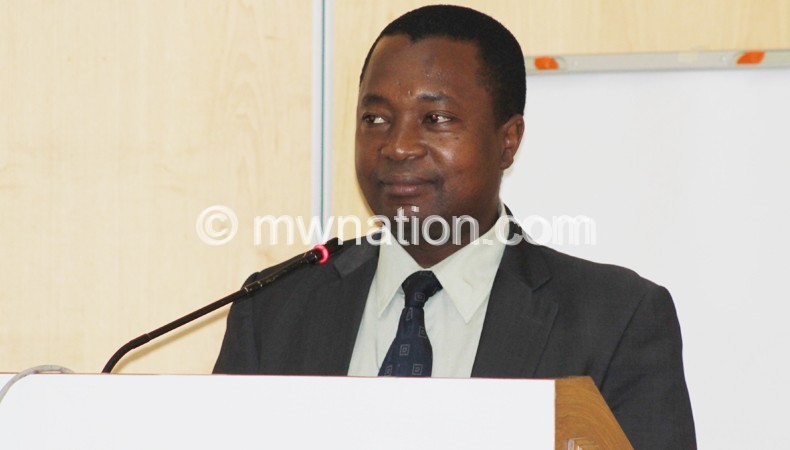RBM maintains bank rate at 16%
The Reserve Bank of Malawi (RBM) yesterday resolved to maintain the policy rate—also known as the bank rate—at 16 percent to consolidate possible build-up of inflation risks and ensure inflation rate remains in single digit.
The central bank’s Monetary Policy Committee (MPC) made the decision after a two-day Macro-economic Conditions Review Meeting in Mzuzu.

This is the second time the central bank has maintained the policy rate at 16 percent.
In MPC minutes published yesterday, RBM Governor Dalitso Kabambe said a possible increase in utility tariffs and potentially unchanged fiscal policy stance pose upside risks to the inflation outlook.
He said: “The RBM projects that inflation will remain in single digit in 2018. The projected outturn in inflation will come on the back of tight monetary policy and improved food supply. However, a possible further increase in utility tariffs and potentially unchanged fiscal policy stance pose upside risks to this inflation outlook.
“Therefore, the MPC resolved to maintain the current monetary policy stance in order to consolidate [and] pre-empt possible build-up of inflation risks and ensure that inflation remains in single digit, and subsides towards five percent in the medium term.”
Briefing the media later in Mzuzu, Kabambe, who also chairs the MPC, said the committee has also agreed to maintain the Liquidity Reserve Requirement—a fraction of depositors’ money commercial banks maintain with the central bank without earning interest—at 7.5 percent.
He said: “In 2017, we reduced policy rate by 800 basis point—200 in March, 400 in July and 200 in December. That was a record in Malawi that in one calendar year we can reduce the policy rate by 800 basis points, bringing the policy rate to 16 percent.”
Kabambe said they have reviewed the macro-economic conditions after noting that inflation is lowest in the past seven years.
The country’s annual rate of inflation has been falling steadily since June 2016, largely helped by declining food prices, a relatively stable kwacha and lower international fuel prices.
Malawi’s inflation as measured by the Consumer Price Index (CPI) hit single digit of 9.3 percent last August for the first time in more than six years.
During the review period, non-food inflation declined by a mere 0.5 percentage points to 12.2 percent while food inflation fell by 1.2 percentage points to 6.2 percent.
Headline inflation, on the other hand, dropped to 7.8 percent in February 2018, after an uptick to 8.1 percent in January 2018 due to revision of the CPI basket, increase in food prices and upward adjustment in electricity tariffs.
The slowdown in February 2018 was primarily driven by weaker pressures on food and non-food prices.
On foreign exchange reserves, the governor said the country is holding on “a very high reserve” of over $1 billion—both for official and private sector reserves.
Said Kabambe: “As a result, for the past 18 months, we have seen that the exchange rate has been stable. Our projections are that the exchange rate will remain stable throughout 2018.”
Commenting on the policy rate reduction to 16 percent in December last year, Economics Association of Malawi (Ecama) executive director Maleka Thula urged commercial banks to follow suit and take the lead from the monetary policy stance which seeks to support investments through provision of capital at reduced cost.
The central bank has since projected a four percent growth in 2018, observing that potential inflationary pressures stemming from non-food items will be muted due to the expected stability in the exchange rate and international oil prices.





